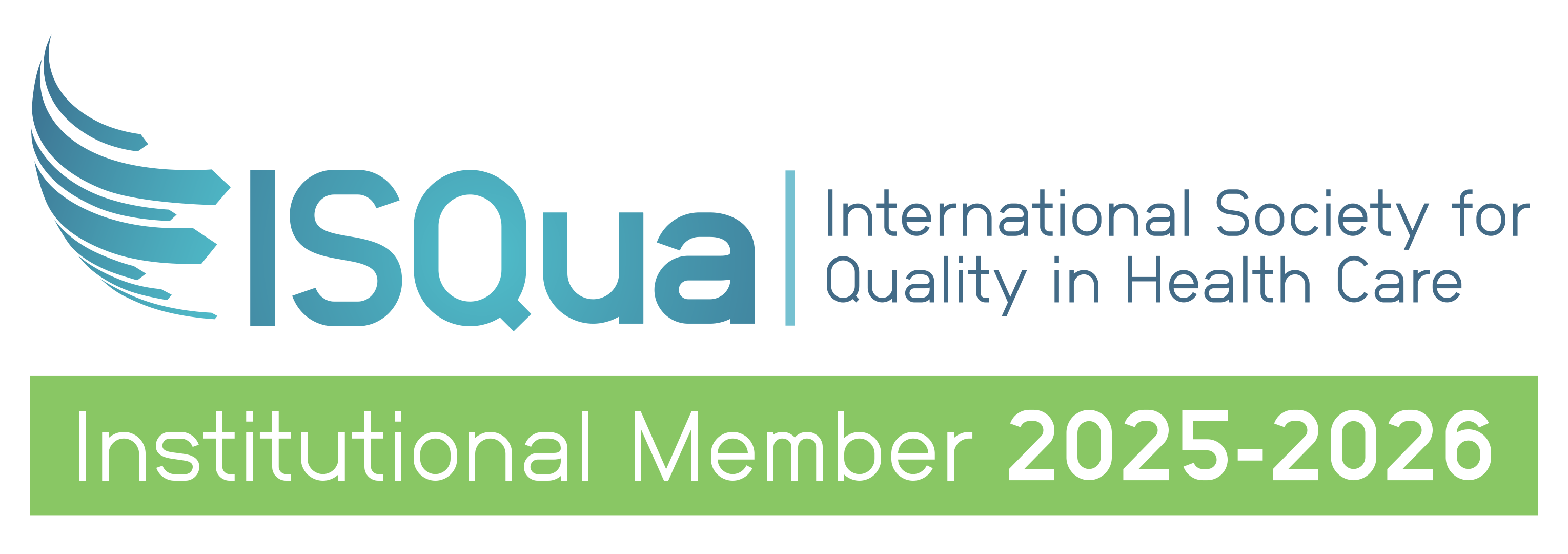
Report demonstrates significant COVID-19 impacts on Australia’s Healthcare system
This year’s Australasian Clinical Indicator Report 2014-21 has been launched and can be viewed online.
The Australian Council on Healthcare Standards (ACHS)’s new “Australasian Clinical Indicator Report 2014 - 2021” (ACIR) reveals that key areas in the healthcare sector that have been impacted by the COVID-19 pandemic include Anaesthesia & Perioperative Care, Day Patient procedures, Intensive Care, and Emergency medicine.
Feature Report in this year’s ACIR demonstrates the impact to these clinical areas through analysis of submitted clinical indicators. This data shows deteriorations in indicators around patient management, from non-admission due to inadequate resources to patients requiring significantly longer stays in the recovery room post-anaesthesia.
The ACIR reports on the activity of Australasian healthcare organisations covering an eight-year period and gives a comprehensive overview of healthcare performance utilising patient-centred clinical indicators. This report assists organisations to determine their own improvements within a national context. The ACIR remains the most enduring report on clinical indicator-based health performance data in the world, consistently capturing data and measuring trends over 30 years.
Key improvements
In 2021, 101 clinical indicators showed statistically significant improvement across the Australian healthcare sector. Notable improvements are:
- A continued positive trend of lower non-parenteral (blood / bodily fluid splash) exposures to staff, with a 64% reduction since 2014. This reflects the ongoing trend in protective equipment usage to support staff health and wellbeing.
- Between 2015 and 2021, a 481% reduction in the number of paediatric adverse events in a paediatric ward area have been reported. The increased reporting from healthcare organisations, reflects a significant increase in child safety.
Notable deteriorations
Notable deteriorations are areas where the potential to make improvements exist. In 2021, 57 indicators were trending in an undesirable direction, showing areas where the most potential to make improvements exist. Notable deteriorations are:
- An increase in the rate of unplanned return to the operating room on the same day as an initial procedure increased 57% since 2014, with large increases in the past three years. This unplanned return is associated with increased morbidity and represents the quality of surgical outcomes.
- Registered nurses with paediatric basic life support qualifications have deteriorated from 94% to 74% per 100 registered nurses. This may be related to the need to alter the ways in which paediatric resuscitation training is offered in response to COVID-19 pandemic and may also signal to healthcare organisations that registered nurses must continue to be supported.
In launching the report during the ACHS Annual Awards Ceremony 2022, ACHS President, Professor Len Notaras AO said “Clinicians continue to value the Report as it drives quality improvements in healthcare by building a clear understanding of where improvements can be made. With more than 26,000 data submissions included there is no other comparable dataset in the world which has the same statistical depth to it,” he said.
Click here to view the publication.

